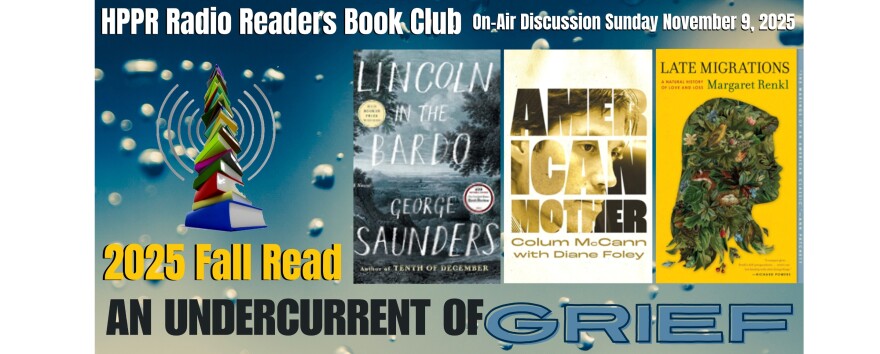This is Mike Strong, in Hays, for HPPR. The book is “How the Post Office Created America” by Winifred Gallagher.
To say that email and texts are no substitute for the emotional support of physical letters and packages is especially true for troops, in particular younger troops separated for the first time from friends and family.
KC Ballet’s dance piece choreographed by Stephanie Martinez, “Life Within a Letter” dramatized this and Winifred Gallagher writes, “for someone far from home and perhaps endangered, holding a letter that a loved one has written and touched is also a material comfort that’s available at any time.”
For nearly two centuries the US Post Office had solved some of the most difficult problems moving the mail.
Even so, the Post Office stumbled badly with electronic service at a time when they might have been first developers. Citing the names of early and innovative postmasters general, Gallagher opines that they “would have regarded email as the obvious evolutionary next step for paper mail and an online postal service as the logical extension of universal service.”
Like the existing postal service, these earlier visionary postmaster generals would have made the new internet a public good, not private profit. Or, as she writes, “the obligation to unite the people with information and communications.”
And here, again, Gallagher shows that she goes beyond the accepted journalistic formula of getting quotes from various “sides” and calling it a wrap. Gallagher constructs workable mechanisms for expanding and solidifying the enterprise.
Post Offices, believed Gallagher, should have been media hubs with public computers allowing everyone to go online at the Post Office, not unlike the role public libraries took up letting patrons use computers setup for the purpose.
In 1965, postmaster Arthur Summerfield experimented with “Speed Mail.” He wrote, “How can we break the economic and time barriers of a system requiring that privately recorded messages—small pieces of paper in essence containing writing and pictures—must be passed from hand to hand in every phase of delivery from the sender to the receiver?”
This was four years before the first ARPANET computers were connected in 1969. Five years before the Network Control Protocol was implemented in 1970 and six years before ARPANET went operational in 1971. It was also in 1971 that email was invented, by Ray Tomlinson for ARPANET’s messaging, with the “@” symbol in the addressing.
This was not the first internal electronic messaging system. There were already many networking message systems but they were incompatible with each other. Tomlinson’s work would bring universal usage by standardizing the protocols.
45 years ago, in 1977, the chair of the Commission on Postal Service, Gaylord Freeman, warned that the Postal Service needed to commit to electronic messaging. Freeman said, again in 1977, “We feel quite strongly that the Postal Service doesn’t recognize the seriousness of the loss of the first class mail.”
Email would not really take off until the web, introduced in a pilot in 1989, took off as a method to easily navigate the internet using hyperlinks in electronic documents we know as web pages. That growth began in the 1990’s.
But earlier, in 1982, the post office tried a system similar in transmission and delivery methods to telegrams, called E-COM (electronic computer-originated mail). A computer in one office could send a message to a computer in another post office, print it out and deliver it.
By 1984 E-COM was sending 23-million messages. But E-COM needed congressional approval which it didn’t get. E-COM was halted in 1984.
E-COM and other digital programs at the Post Office were not always well designed. Further, the developers were overly protective, concealing details about how the projects functioned and about actual costs. This armed opponents.
The death knell for much of this came with George W. Bush in 2003. Bush’s commission on postal reform complained that the Post Office should have been “improving traditional postal services.”
At the very time the Post Office should have been riding the new wave, they were confined to a narrow mission while having huge new financial burdens imposed on them.
This is Mike Strong, in Hays, for HPPR Radio Readers Book Club
References:
https://en.wikipedia.org/wiki/Arthur_Summerfield
https://en.wikipedia.org/wiki/Alvy_Ray_Smith
https://en.wikipedia.org/wiki/PARC_(company)
https://en.wikipedia.org/wiki/Smalltalk
https://computerhistory.org/blog/smalltalk-at-50/ (Sept 1, 2022m with video clips from founders)
https://phrasee.co/blog/a-brief-history-of-email/#:~:text=It%20was%201971%20when%20Ray,concept%20soon%20began%20to%20spread.
https://en.wikipedia.org/wiki/History_of_email
https://en.wikipedia.org/wiki/ARPANET










